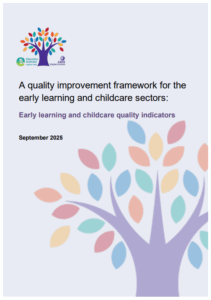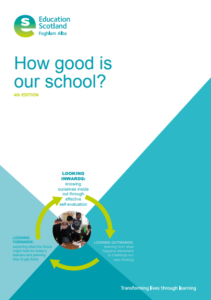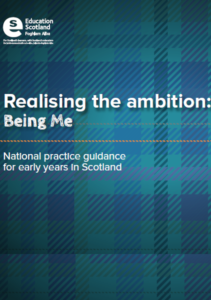p24 Communication and language
The importance of communication and language development for all aspects of children’s lives cannot be overstated. Communication underlies our ability to manage behaviour and emotions, by expressing what we need or using language to regulate how we feel. Language is also much more than words. It is understanding and using patterns and cues for interaction, sequencing thoughts and ideas, and making stories that help us understand what is happening, and what is next.
p58
… eating together affords the chance for children to develop language and communication skills in a meaningful social context. From a very young age babies and children learn turn-taking and the importance of eye contact and gesture in communicating needs and wants. Young children practise sharing, and become aware of each other’s personal space and points of view; skills crucial to effective communication.
p70
The role of gesture and movement continues to be of significance in fully understanding human communication throughout life. We should recognise that children’s voices are communicated through much more than simply verbal means, no matter the age of the child. Therefore listening to young children should involve careful observation of movement and gesture alongside what they simply may say in order to give the child’s voice true context and meaning.
Interactions are at the heart of playful literacy development.
Children’s language development thrives through exposure to environments of rich and diverse spoken language experiences. We grow a sense of purpose for the child by our own use of language and engaging them with a wide variety of stories, rhymes, songs, symbols and texts in different media all around them. Building this purpose helps to nurture engagement and encourages children to see themselves as readers and writers.
This doesn’t just happen by chance.
We need to co-create safe spaces with children to talk, sing, rhyme and play with sounds, vocabulary and print. Role modelling language and building vocabulary to make sense of the world is vital for all young children. The amount and quality of language that children are exposed to is crucial to their progress.



